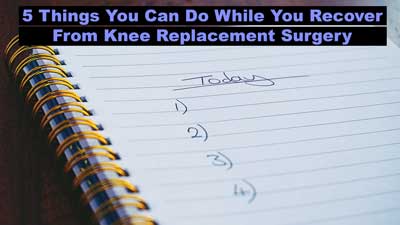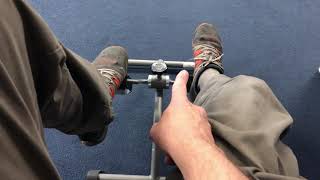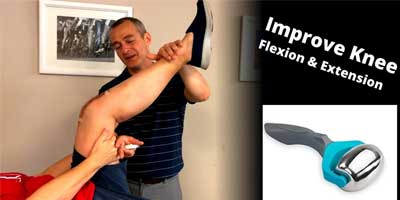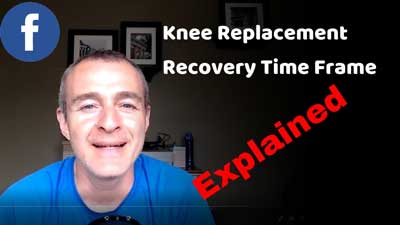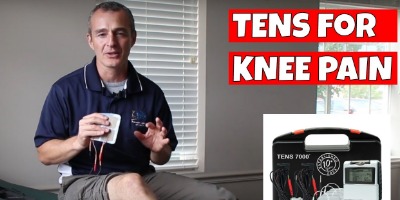KNEE PAIN – Why Does My Total Knee Replacement Still Hurt So Much
Persistent Knee Pain After Total Knee Replacement Surgery
Pain is a highly complex human experience that cannot be easily explained by mechanical problems.
It is possible to have scar tissue without pain. It is possible to have limited range of motion without pain. It is even possible to have redness and swelling without pain.
But many of the patients I work with in my physical therapy clinic who are experiencing persistent pain after total knee replacement are experiencing all of these impairments AND pain.
What percent of total knee replacements are successful?
By several accounts nearly 20% of patients are not happy with the outcome of their total knee replacement. [1]
Why does my total knee replacement still hurt?
One of my favorite clinical studies reviewing different aspects of pain following a total knee replacement is The painful knee after total knee arthroplasty: evaluation and management. [2]
A list of the most common causes of pain:
- Infection
- Mechanical Instability
- Loosening of the component
- Periprosthetic fracture
- Anterior knee pain
- Overhang
- Non-Joint Causes:
- Soft tissue irritation
- Neuropathic pain
- Complex regional pain syndrome
In future updates to this article, I will be providing more details on the above conditions.
What is considered normal knee pain?
Many of the patients I work with in my physical therapy clinic will ask “Is this normal?”
There is something calming about knowing the pain you feel is normal or common.
Normal Knee Pain After Joint Replacement Surgery
Normal knee pain would be characterized by soreness throughout the knee, thigh, and calf. It is often described as a 4 out of 10 increasing to a 7 out of 10 at the most.
Patients will report the first 24 hours after surgery feeling lower pain levels than compared to the next 48 to 72-hour. After 72 hours the pain levels should reduce to a more comfortable level.
Normal pain may increase with activity and normalize with rest. Normal pain often responds well to pain medication, icing, or moist heat.
What are Abnormal Pain Levels
Abnormal pain would be characterized by pain that increases throughout the day and doesn’t relent with pain medication, icing, or moist heat. High pain levels cause increased respiration rates, sweating, and signs of stress.
Abnormal pain may cause loss of appetite, nausea, and anxiety.
In these cases, it is important that the patient contact the surgical team for a possible change in pain medication or further medical assessment.
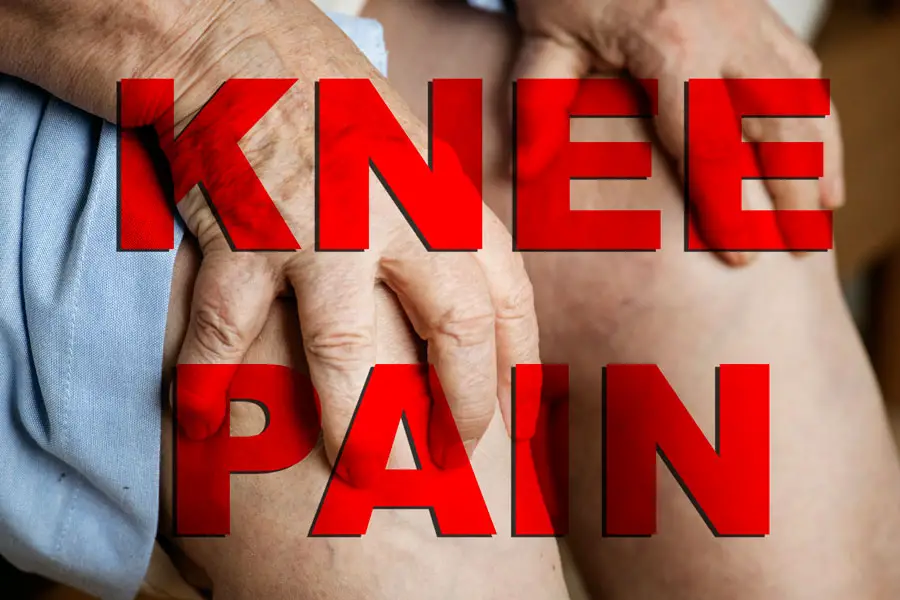
Infection After Total Knee Replacement
While it is true that an infection may also cause pain after a total knee replacement, an infection may also be present without pain. Some classic warning signs to watch for infection include:
- Excessive and worsening redness
- Seepage, drainage, or oozing
- Redness that progressively extends away from the knee
- Increased warmth at the knee
- Increased body temperature
If you or your therapist have reasons to suspect a possible infection, it is important that you contact your surgical team or go to your local emergency room for further medical assessment.
Mechanical Instability
There have been reported cases in which the prosthesis implanted during a total knee replacement surgery becomes unstable or the ligaments surrounding the knee become ruptured.
Mechanically instability is often associated with an unsafe feeling while walking to stepping on the surgical leg, but it isn’t often associated with pain in the knee joint.
A knee that has become mechanically unstable is loose and therefore patients do not feel the pain associated with knee stiffness.
Citations and Reference:
More Blog Posts …
Best Orthopedic Doctor in Fairfield Ohio
Meet Dr. James Doug Abbott, MD an orthopedic surgeon who specializes in knee replacement surgery as well as other preventative knee care. In this interview Dr. Abbott, MD and Anthony Maritato, PT discuss trends in knee replacement surgery, jogging after knee...
5 Things to do While Recovering from Knee Replacement
Learning a new skill or hobby is a great way to pass the time while recovering from knee replacement surgery.
BEST Pedal Exerciser After Knee Replacement in 2021
A pedal exerciser is a perfect solution for anyone that has had total knee replacement surgery. This exercise bike is great because it is lightweight, inexpensive, and versatile. Below are videos and recommendations showing you how to use this mini-cycle for both...
Improve Range of Motion and Reduce Swelling After A Total Knee Replacement
To learn how to improve range of motion while reducing the swelling in your knee after a total knee replacement READ MORE>
Preparing for a Knee Replacement the EASY Way
Step 1 – Take a pre-operative knee replacement class. Step 2 – Schedule a pre-operative physical therapy evaluation. Step 3 – Create a battle plan for your recovery. Learn how to achieve each of these steps in this article.
Total Knee Replacement Recovery Time Frame
The first 48 hours after knee replacement surgery your top priority is pain management and rest. Days 3-10 focus on range of motion and walking. Next…
How Soon After Knee Replacement Can I Use A TENS Unit
TENS is a safe and effective pain control strategy used within the first 24-hours following knee replacement surgery. This post will review several studies discussing the use of TENS to reduce pain without opioid use.
7 Stretching & Strengthening Exercises for Frozen Shoulder
I review the 7 Stretches and Strengthening exercises for frozen shoulder (adhesive capsulitis) originally shared by Harvard Health Publishing
Is It Safe To Jump Rope After A Total Knee Replacement
Jump rope may be a great precursor to running activities after a total knee replacement. Jump rope allows
Total Knee Replacement Pre Surgery Online Class
If you are schedule for a total knee replacement surgery or you already had your surgery and would like to learn more, this FREE class may be the perfect option for you.

